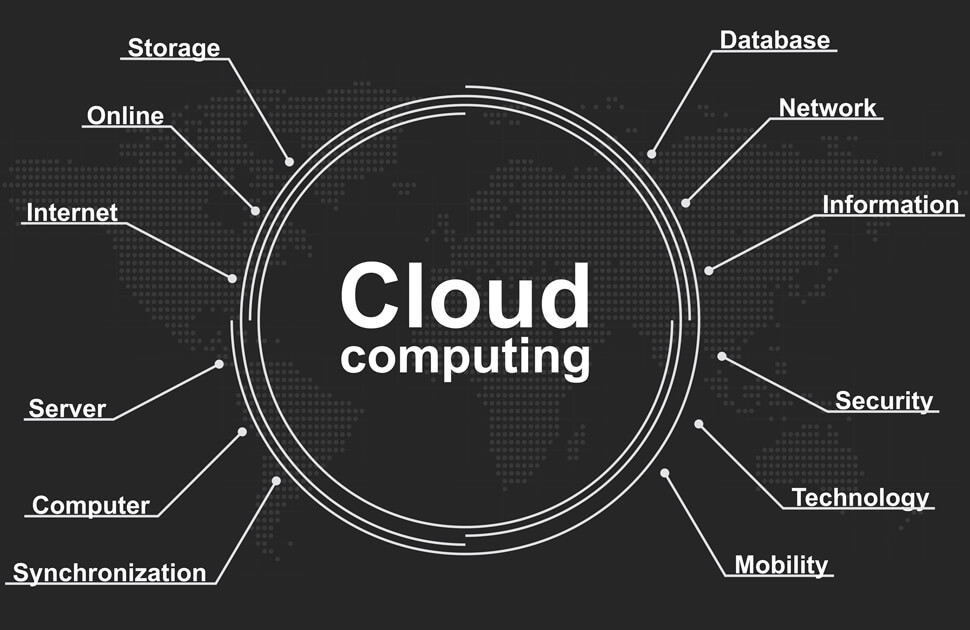Cloud computing, or “the cloud,” is becoming the true engine of digital transformation and innovation for thousands of businesses and institutions. And while virtually all companies surveyed are using the cloud, the truth is that they only do so in certain areas of their business. This is borne out by a survey conducted by IBM among more than a thousand executives from 18 industries.
The great news that confirms the importance of cloud computing in this process of digital transformation of companies is that 78% of the companies participating in this study has coordinated or fully integrated cloud initiatives, compared to 34% in 2012, Something that is undoubtedly due to the benefits of integrating local infrastructure with the cloud.
And in this context, IBM has identified the five major cloud trends for 2017:
- “Serverless” cloud computing (without server) eliminates the complexity and cost of application development while the use of physical and virtual servers is totally invisible to developers. This reduces development time and by extension, also cost, so more and more companies will want to take advantage of its benefits.
- Cloud computing boosts and facilitates security. Attacks and security threats persist; however, providers are increasingly investing in improving security. And by 2017, new cognitive capabilities will be the key to improving cloud security.
- Cultural transformation accelerates migration to the cloud. The increased adoption of the cloud by companies stimulates a transformation of the culture that gives priority to freedom of experimentation, collaboration and user experience.
- The application of blockchain (the first global platform and P2P for personal and commercial transactions) will give greater truth and confidence to the value chains through the cloud.
- The cloud will drive the growth of cognitive computing, intelligent analysis systems supported by artificial intelligence capable of learning, understanding and even reasoning. Thus, so-called “dark data” (80% of the world’s data) that now remain unusable, unstructured and invisible to analysis, will begin to see light through cognitive systems through the cloud.
And in addition, throughout 2017, IBM estimates that:
- The public cloud will become the primary delivery vehicle for most cloud adoptions.
- Greater agility and velocity will remain the main business engine for the cloud.
- Increase the tendency of companies to get rid of local infrastructure.
- More “traditional” industries will migrate to the cloud as others take the first step.
 Subscribe
Subscribe
 Ask for a demo
Ask for a demo

 2 min
2 min
